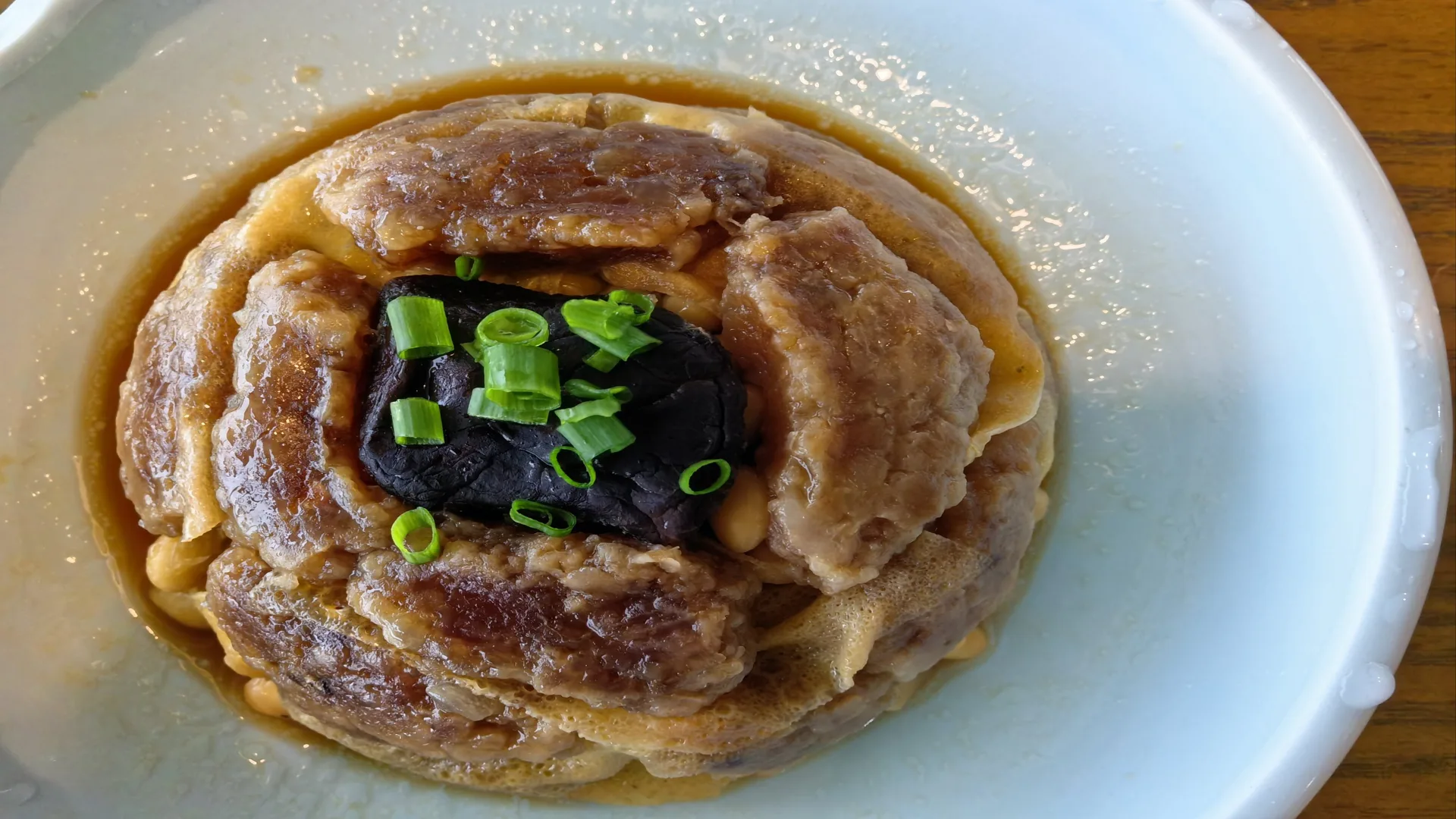Culinary Journey through the Layers of Nanping’s Wen Gong Cai
Introduction:
As a culinary professional, I have the privilege of exploring the rich tapestry of flavors that make up the diverse culinary landscape of China. Today, I take you on a gastronomic expedition to the heart of Fujian province, where the ancient and revered tradition of Wen Gong Cai, a staple of Wuyi Mountain’s traditional banquets, awaits us.
Origin and Cultural Background:
Wen Gong Cai, also known as “Wen Gong’s Dishes,” is deeply rooted in the history and culture of Nanping City, Fujian. This culinary masterpiece is said to have originated during the Song Dynasty when the famous scholar and statesman Zhu Xi, also known as Master Wen Gong, was born in this region. The dish pays homage to his contributions to Chinese philosophy and literature and has since become a symbol of respect and honor, often featured in celebratory feasts and important family gatherings.
Ingredients and Preparation:
The essence of Wen Gong Cai lies in its meticulous layering of ingredients, each contributing to the harmonious blend of flavors. The dish typically begins with a bed of sticky rice at the base, providing a comforting and slightly sweet foundation. Layered upon this are an array of carefully selected ingredients, such as:
1. Dried Scallops: These marine delicacies add a savory, umami depth to the dish.
2. Shredded Pork: Tender and flavorful, the pork is slow-cooked to perfection.
3. Bamboo Shoots: Offering a crisp texture and a subtle earthiness, bamboo shoots are an essential component.
4. Mushrooms: Varieties such as shiitake or enoki mushrooms enrich the dish with their unique textures and flavors.
5. Seasonal Vegetables: Depending on the time of year, fresh vegetables like bok choy or Chinese cabbage are added for a vibrant touch.
The dish is then steamed to perfection, allowing the flavors to meld together in a symphony of taste and texture.
Taste and Texture:
The result is a dish that is a true testament to the art of slow cooking. The sticky rice at the bottom absorbs the essence of the上层的食材, becoming infused with their flavors. The dried scallops provide a rich, oceanic taste, while the pork melts in your mouth with each bite. The bamboo shoots and mushrooms offer a delightful crunch, contrasting beautifully with the softness of the rice and vegetables.
Visual Description:
Wen Gong Cai is a feast for the eyes as much as it is for the palate. The layers of ingredients create a visually stunning effect, with each layer peeking through, inviting the diner to delve into the depths of the dish. The steaming process gives the dish a warm, inviting glow, and the aroma that wafts from it is enough to whet the appetite of any food lover.
Representative Dishes and Culinary Characteristics:
Wen Gong Cai is often the centerpiece of a Wuyi Mountain banquet, showcasing the region’s culinary prowess. It is a dish that embodies the principles of balance and harmony, with each ingredient carefully chosen to complement the others. The dish is not only about the sumptuous flavors but also about the communal experience of sharing a meal, a tradition that is deeply ingrained in Chinese culture.
In Conclusion:
As a food professional, I am always in awe of dishes like Wen Gong Cai that carry such weight in history and culture. It is more than just a meal; it is a journey through time, a celebration of tradition, and a testament to the enduring legacy of Master Wen Gong. Whether you are a local or a traveler, experiencing Wen Gong Cai is a must, as it offers a taste of not just the flavors of Nanping, but also a glimpse into the soul of its people.
